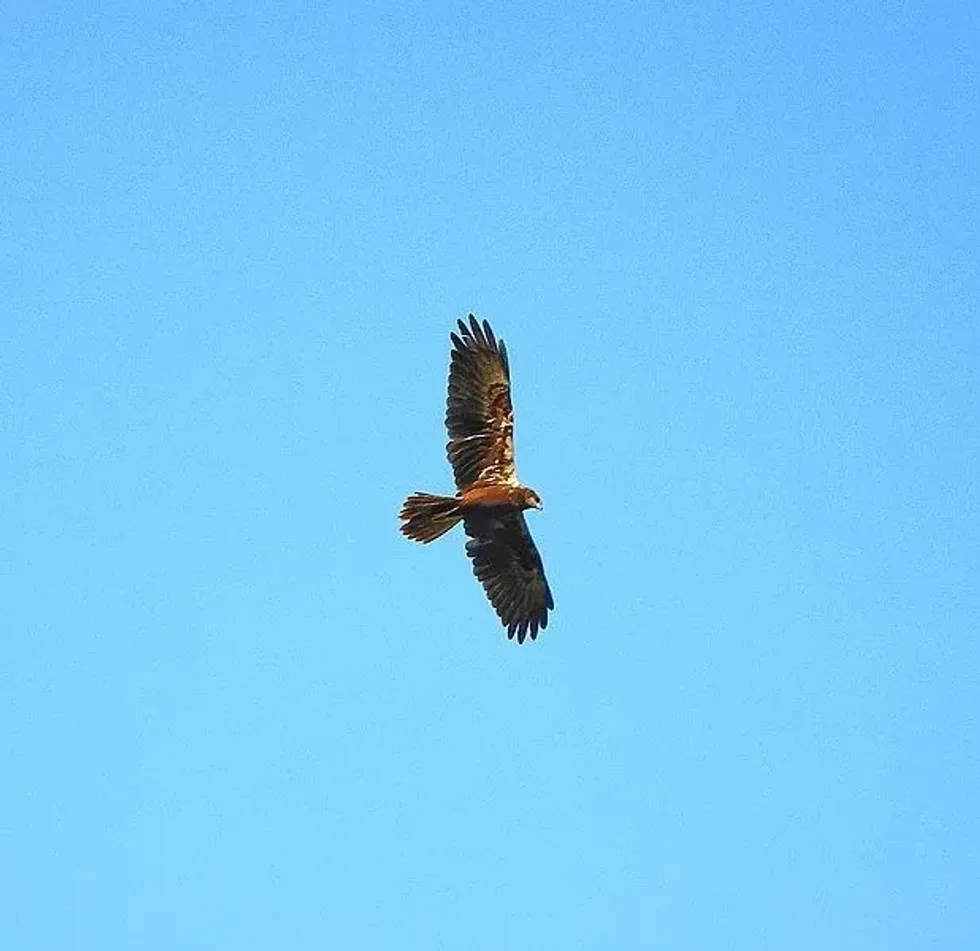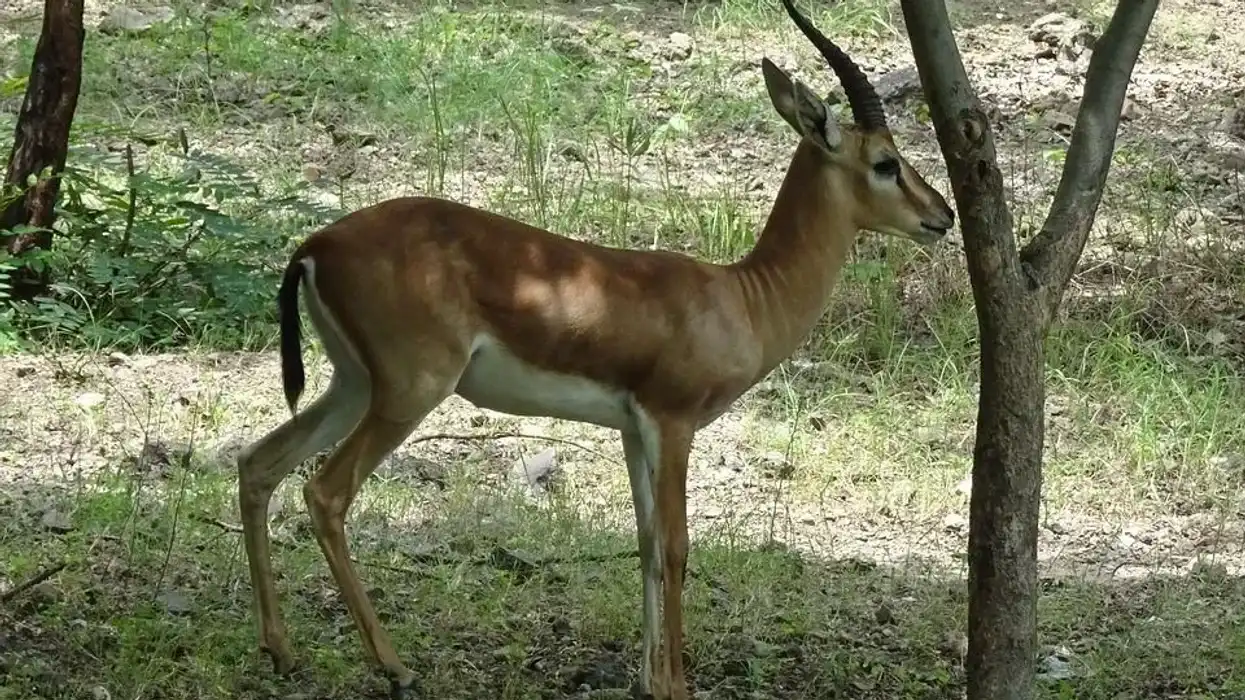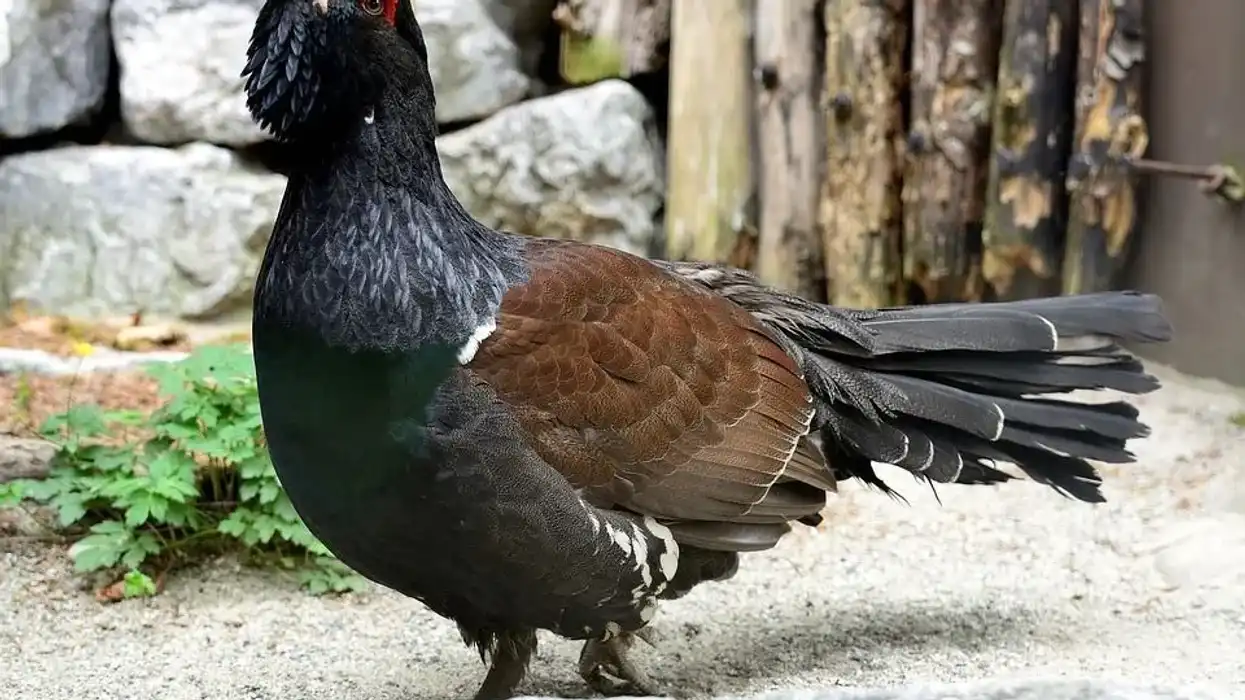Formerly many birds of related species were included under the family called marsh harrier. Due to some taxonomical changes, it has been subdivided into four different species.
The western marsh harrier, also known as the Eurasian marsh harrier is one such species of marsh harrier. It is a large bird of prey that is commonly visible throughout Eurasia as well as in parts of Africa.
The genus name of the bird, Circus, is derived from the Greek word kirkos.
In ancient Greek terminology, kirkos referred to the birds of prey that displayed a circling flight. A part of its population shows migratory behavior in the winter while the other part forms resident species.
The western marsh harriers are divided into two subspecies out of which the subspecies aeruginosus shows a migratory habit and is found distributed all over their range, and the other subspecies called the harterti, is a resident bird. If you are interested to know more about this elegant hunter, keep on reading these wonderful facts.
For similar content check out the articles on sparrowhawks and common buzzards too.
Western Marsh Harrier Interesting Facts
What type of animal is a western marsh harrier?
The western marsh harrier having the scientific name Circus aeruginosus is a bird of prey. It is also known as the Eurasian marsh harrier.
What class of animal does a western marsh harrier belong to?
A western marsh harrier belongs to the class Aves, the common class for all birds.
How many western marsh harriers are there in the world?
Western marsh harriers were believed to be extinct by the last half of the 19th century. However, they regained their population gradually by the methods of captive breeding.
In Europe, there are around 99,300-184,000 pairs, which equates to around 48% of the total population. Therefore by mathematical operations, it can be concluded the global population is around 500,000-999,999 mature individuals. As they have been regarded as protected species since their extinction, the population of western marsh harriers at present is following an increasing trend, particularly in Europe.
Where does a western marsh harrier live?
The western marsh harrier's range covers a wide area. The extensive breeding range is bounded by Europe in the west and northwestern Africa in the south.
The bird is also common in Central Asia and extends to some parts of the Middle East. Breeding is practiced in almost all temperate and subtropical countries of Europe.
The central Asian distribution of their breeding range extends to parts of China and Mongolia in the east along with a few countries in the Middle East like Turkey, Iran, and Iraq. Most of the birds perform migration in the winter.
The migratory range of the bird includes the Nile basin and Great Lakes of Africa, the Indian subcontinent, Arabia, and Myanmar.
Some birds also populate the western or southern parts of Europe in the winter. The residential subspecies occur mainly in Algeria, Tunisia, and Morocco, in North Africa.
What is a western marsh harrier's habitat?
As the name suggests, western marsh harriers prefer open marshes as their ideal habitat. They inhabit the brackish waters of wetland areas that have dense vegetation. The practice of inhabiting grasslands or farmlands is also observed in this bird.
Who do western marsh harriers live with?
The western marsh harriers are allopatric. This means that the birds show geographically isolated behavior which is uncommon in other marsh harriers. They do not migrate in large flocks but become slightly more social during that time. In a particular conservation site in India, a large number of these birds have been observed roosting together in the winter season.
How long does a western marsh harrier live?
A marsh harrier has an average lifespan of six years.
How do they reproduce?
The breeding season of the bird lasts from mid-March to May. Breeding males might breed with multiple females in one season. Lifelong pairing is less observed in these birds although monogamy is not absent.
In most cases, a pair lasts for a single season. The adult birds make their breeding nests on the ground with the help of piles of sticks or reeds.
They make their nests in areas of dense vegetation. The females lay around up to eight eggs and the eggs are incubated by both the males and females. The juveniles fly the nest after 30-40 days.
What is their conservation status?
The western marsh harrier or the Eurasian marsh harrier is classified as a species of Least Concern on the IUCN Red List. Their large distribution does not let them fall under the group of vulnerable species although they faced near extinction in the 19th century.
However, at present, the breeding pairs are gradually increasing and therefore their status is least concerning.
Western Marsh Harrier Fun Facts
What do western marsh harriers look like?

The western marsh harrier is a medium-sized bird that has a moderately broad pair of wings. The males and females show sexual dimorphism that is, a difference between the sexes in terms of appearance.
The male western marsh harrier has a pale grayish and yellowish head and shoulders. The dark reddish-brown male plumage is detailed by light yellow stripes 0n the breast. The front part of the wing is brown which transforms to black at the tip of the wing.
In-flight, gray, black, and brown colors dominate the bird's appearance. The female western marsh harrier's plumage is purely chocolate brown. On top of their head and shoulders, they have light yellow patches.
In the female bird, the tail is absent. The appearance of juveniles resembles the female's plumage.
How cute are they?
They are popular as birds of prey and are highly intelligent. The cuteness of this bird is relative since human interaction with their species is uncommon.
How do they communicate?
The communication in the western marsh harrier occurs mainly through vocalization. Vocalization includes a whistling shrill mainly used at the time of copulation.
How big is a western marsh harrier?
The length of the western marsh harrier ranges between 17-21 in (43-54 cm) and they have a wingspan of 17-21 in (43-54 cm). The females are bigger than the males.
How fast can a western marsh harrier fly?
The western marsh harrier is a reluctant flyer but they can descend quickly from a great height when they spot their prey.
How much does a western marsh harrier weigh?
The weight of the males ranges between 14-23 oz (400-650 g) and the weight of the females ranges between 18-28 oz (500-800 g).
What are the male and female names of the species?
The male and the female species are known as cocks and hens respectively.
What would you call a baby western marsh harrier?
The babies of this bird are known as chicks or nestlings.
What do they eat?
The bird is a famous predator and its diet includes a large variety of prey. The common prey of the species includes small mammals, frogs, birds, insects, and lizards.
Are they dangerous?
They cannot be regarded as dangerous to humans as interaction is too uncommon, but these large birds surely possess great threats to their prey.
Would they make a good pet?
The western marsh harrier is a wild bird that prefers to stay in its natural habitat than be held captive. The presence of these predators in the natural ecosystem plays a great role in the food web.
Did you know...
Like all harriers, the western marsh harrier has a typical hunting position. They descend at their prey from flight with their wings held in a shallow V structure and loose legs.
What does a western marsh harrier sound like?
The marsh harrier makes a high-pitched whistling call that sounds like ‘ke-ke-ke’.
What's the difference between a western and an eastern marsh harrier?
The western and the eastern marsh harriers are two very similar types of harriers. The only difference is that the eastern marsh harriers occur mostly in the eastern and northeastern parts of Asia, while the western ones are found all over Europe, Central Asia, and Africa.
Here at Kidadl, we have carefully created lots of interesting family-friendly animal facts for everyone to discover! Learn more about some other birds including northern harrier facts and harrier hawk facts.
You can even occupy yourself at home by coloring in one of our free printable western marsh harrier coloring pages.










